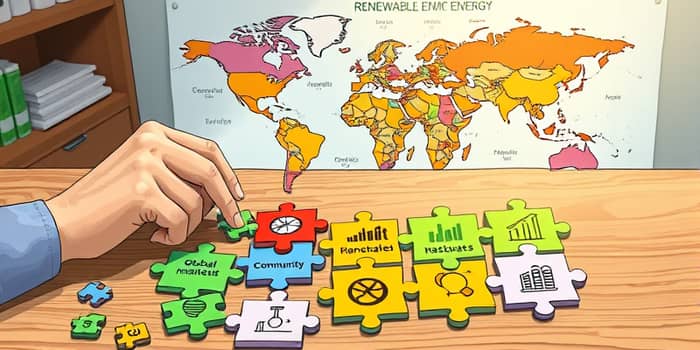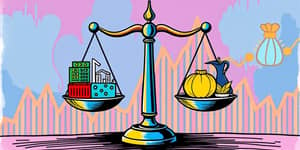
Investing is more than chasing returns—it’s about creating an impact that resonates with your inner beliefs. In today’s dynamic markets, sustainable financial strategies are within reach for every investor, whether you’re building wealth or supporting causes close to your heart.
An Exchange-Traded Fund (ETF) is like a curated basket of securities—stocks, bonds or commodities—traded on an exchange. ETFs offer investors a potent mix of diversification, liquidity and generally lower fees, making them a cornerstone of modern portfolios.
Because ETFs trade like single stocks, they present flexibility for both newcomers and seasoned traders. Their transparent structure and built-in diversification help smooth out market volatility, while specialized ETFs open doors to niche themes.
Your personal goals—growth, income, preservation or diversification—set the compass for selecting ETFs. By matching fund structures to objectives, investors can craft portfolios that serve both financial ambitions and risk comfort levels.
Equity or growth ETFs aim for long-term capital appreciation, while bond and dividend ETFs offer steady distributions. Preservation-focused funds, often government bond ETFs, emphasize stability. Diversification can be achieved through multi-asset ETFs, which mitigate single-market risks.
Investors increasingly want portfolios that echo their ethical or environmental commitments. ESG and thematic ETFs allow for sustainable social governance by screening companies on criteria such as carbon footprint, labor practices or board diversity.
From clean energy to gender equality, thematic ETFs target specific missions. Whether you exclude sectors like fossil fuels or focus on renewable innovators, these funds turn personal convictions into tangible investments.
Charles Schwab’s three-step framework—Exposure, Costs and Trading—serves as a roadmap for evaluating funds. Applying this method ensures that you align each ETF with both your goals and values.
By systematically reviewing these elements, you gain clarity on how each ETF fits within your broader portfolio narrative.
Meet Jane: a mid-career professional seeking growth and environmental impact. She allocates 60% of her equity sleeve to ESGV for broad sustainable exposure and 20% to ICLN to back renewable energy pioneers. Her bond allocation includes a high-quality treasury ETF for stability, rounding out a portfolio that targets meaningful long-term outcomes.
Over five years, her combined allocation achieved an annualized return of 12.4%, outpacing a traditional 60/40 blend. Meanwhile, her investments supported companies with low carbon emissions, demonstrating how financial goals can coexist with ecological stewardship.
Before pulling the trigger, dive into an ETF’s prospectus. Examine underlying holdings, exclusion screens and methodology. Compare historical performance, liquidity metrics, tracking error and fund size to avoid surprises.
Online screening platforms allow filtering by expense ratio, ESG score or sector focus. Factor in passive versus active management: while passively managed ETFs often boast transparent performance metrics, active funds may align more precisely with niche values.
Building a portfolio that mirrors your principles empowers you to invest with conviction. By understanding ETF structures, aligning objectives and applying a rigorous selection framework, you can pursue financial success without compromise.
Whether you champion social justice, environmental conservation or faith-based principles, a thoughtfully curated ETF lineup can transform your savings into a force for positive change—and deliver lasting financial resilience along the way.
References













